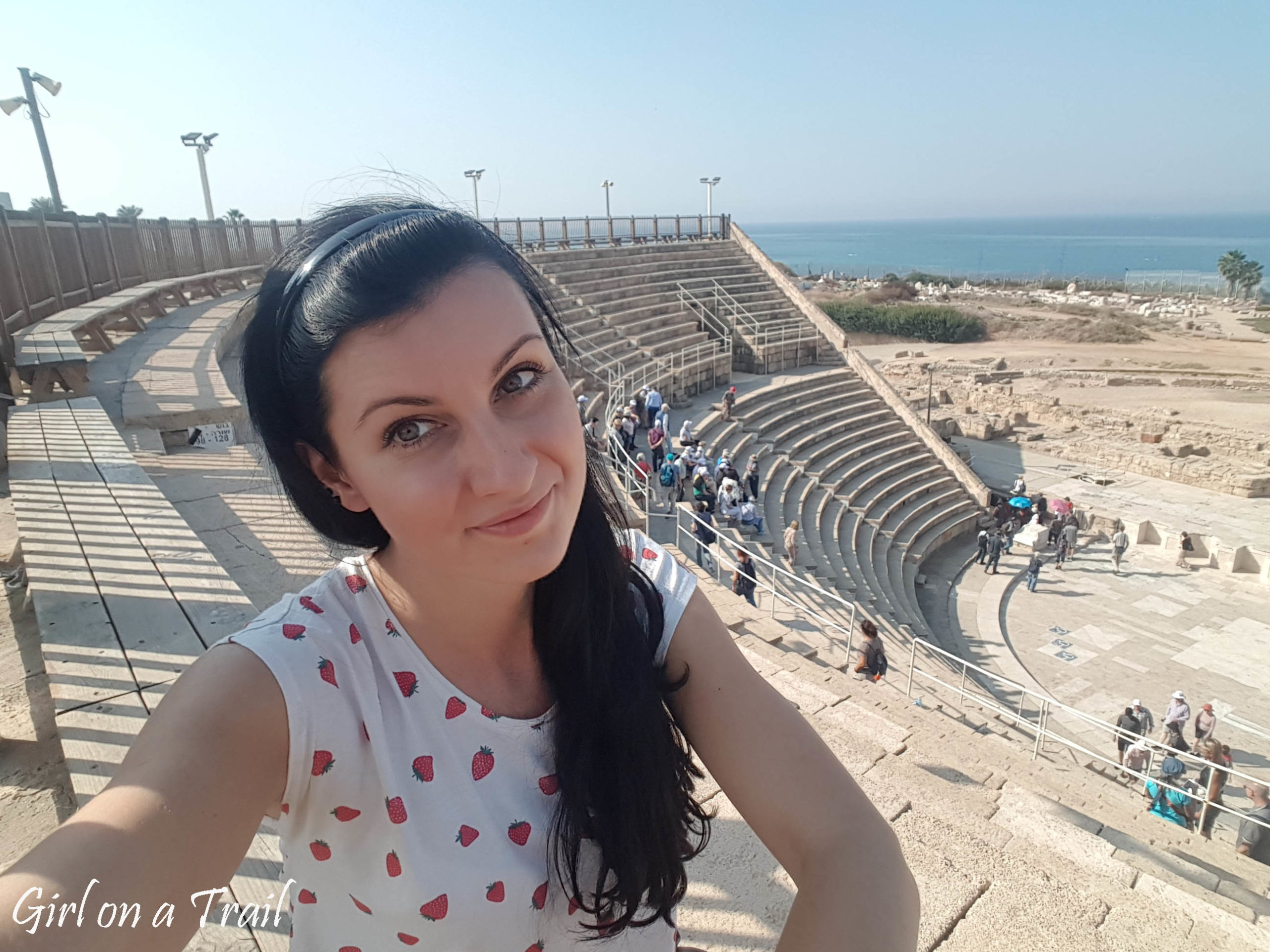
Lebanon – off the beaten path
Lebanon is a country that not only delights with its history and culture, but also with its rich nature. Picturesquely located religious buildings, spectacular waterfalls, huge caves, and the ruins of ancient metropolises are just a small sample of what you can discover while traveling around this amazing country. So far, I’ve written about Lebanon from a geopolitical perspective, I’ve tried to show the realities of life and the problems it encounters. Leaving aside the uncertain political situation, Lebanon is one of the most beautiful countries I’ve ever seen.
Less than 30 kilometers from Beirut, in the town of Harissa, there’s one of the most important Christian sanctuaries in Lebanon – the sanctuary of Our Lady of Lebanon. This place is not only a pilgrimage destination, but also a tourist attraction attracting visitors from all over the world. The sanctuary is under the care of the Maronites. Maronites, who are Catholics, live mainly in Syria and Lebanon. The Sanctuary of Our Lady of Lebanon is located on the top of Mount Harissa, offering breathtaking views of the surrounding area and the Mediterranean Sea. To reach the peak, you can take a gondola ride.
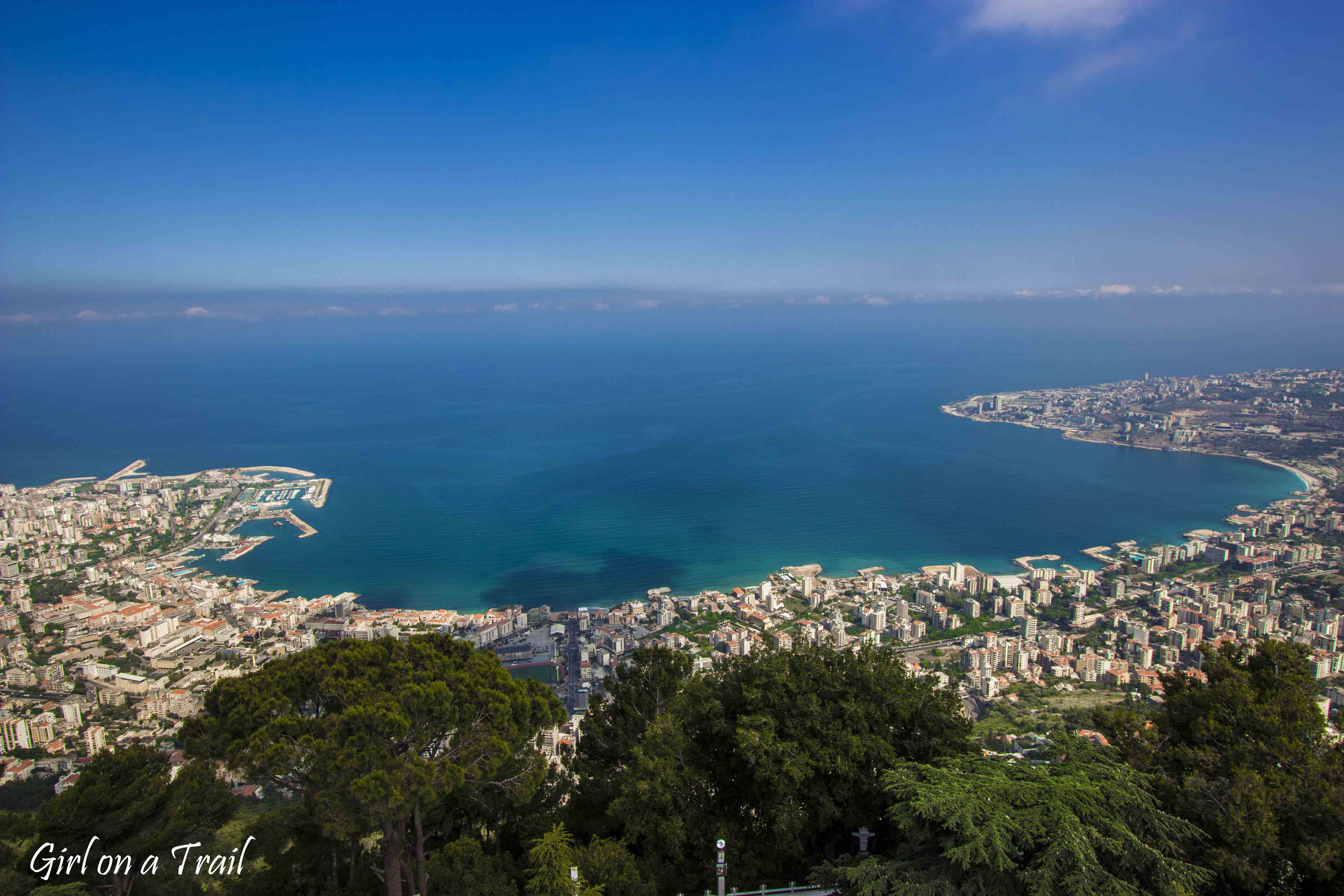
It’s the location that makes this place unique. At the top there’s a huge statue of Mary, with her arms outstretched towards Beirut. Inside the statue you can visit a small chapel, and from the observation deck you can see an amazing view of the capital of Lebanon and the coast. The sanctuary was visited by Pope John Paul II during his pilgrimage to Lebanon in 1997.

However, this is not the end of the huge religious statues. Near the town of Faraya, you can see a monument to the Maronite monk – Saint Sharbel. The statue is 24 meters high and is located high on the top of the mountain, offering an amazing view of the mountains and the Chabrouh Dam.
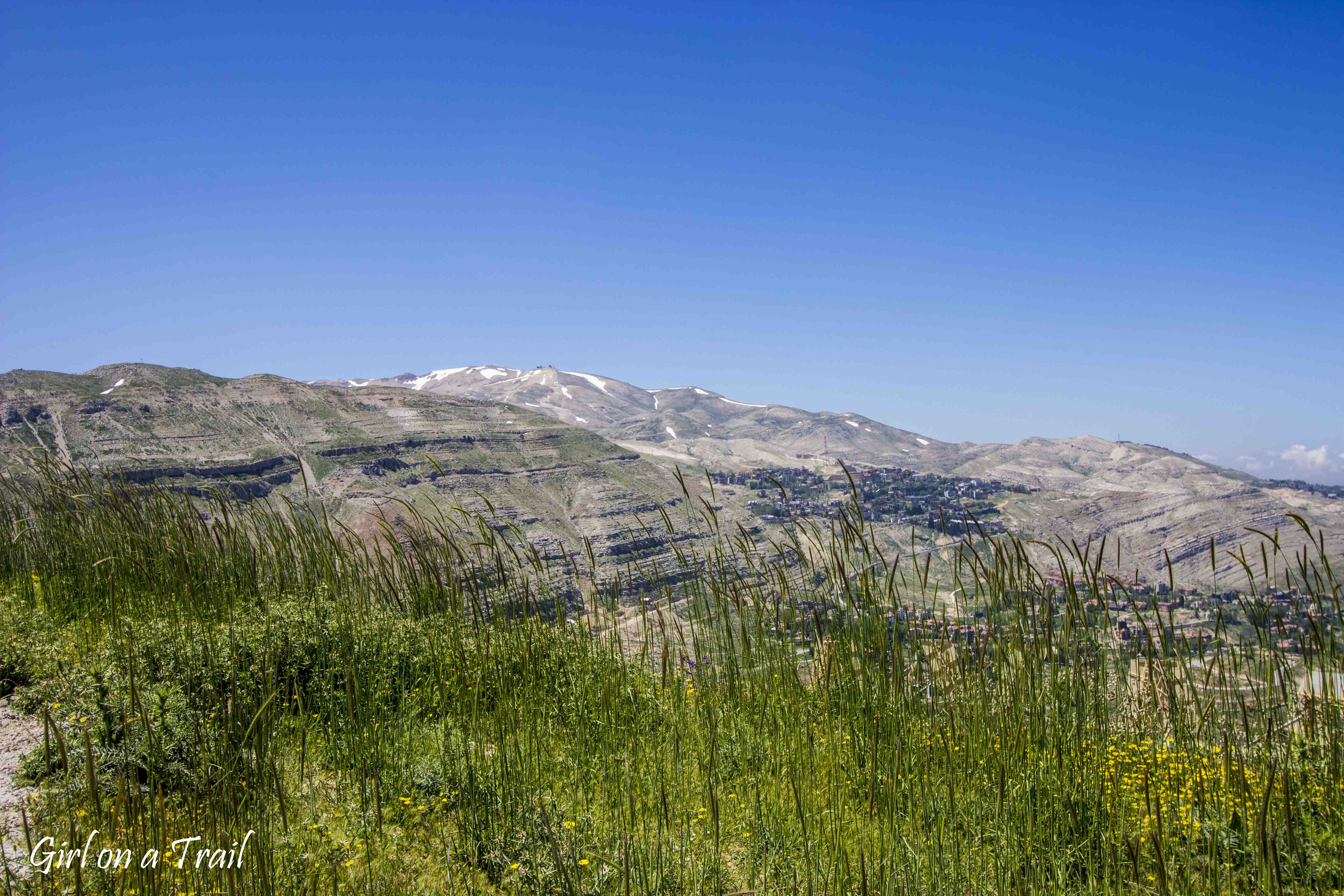
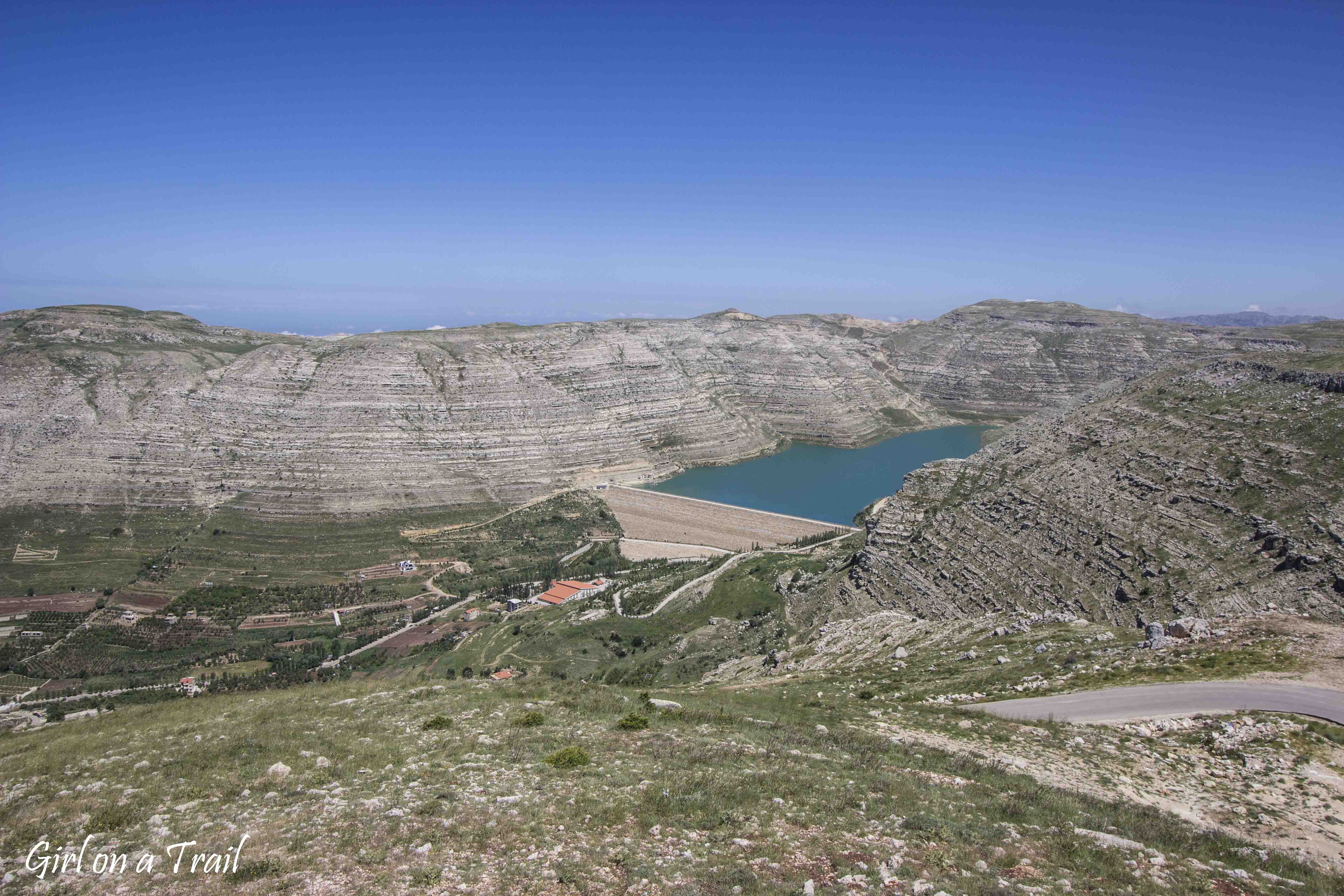
By the way, I have doubts whether erecting a monstrous monument to a saint who was famous for his modesty and asceticism was a good idea…
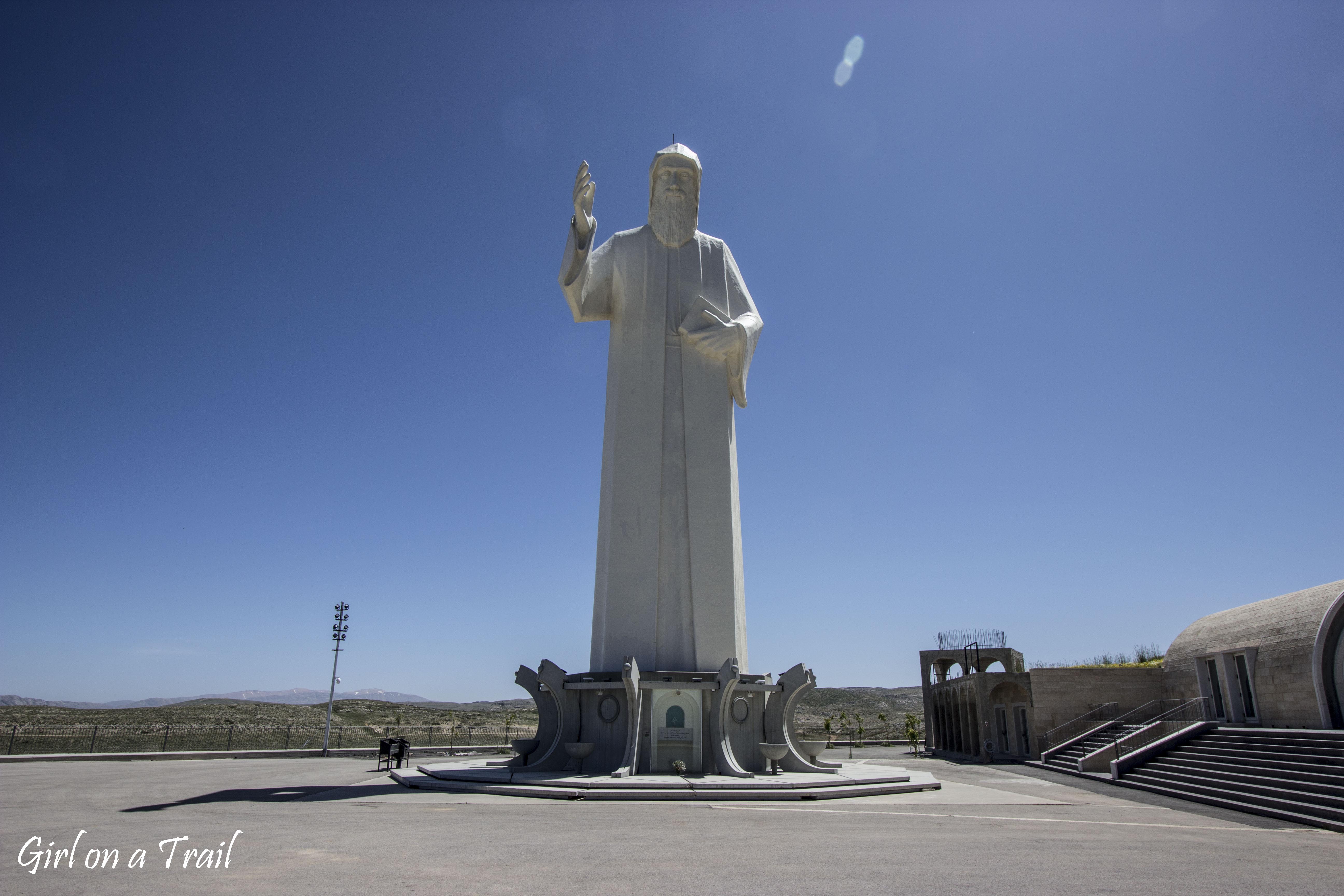
While visiting Lebanon, I also discovered one of the most charming religious places I have ever had the pleasure of seeing – the monastery of St. Elijah in Hadchit. This place is not only noteworthy for religious reasons, but also delights with spectacular views. Rising higher and higher along the quite steep serpentine, I couldn’t help but wonder whether my modest Nissan Micra would be able to cope with the road for 4WD cars. I must admit that this route was no less exciting than the view from the monastery.
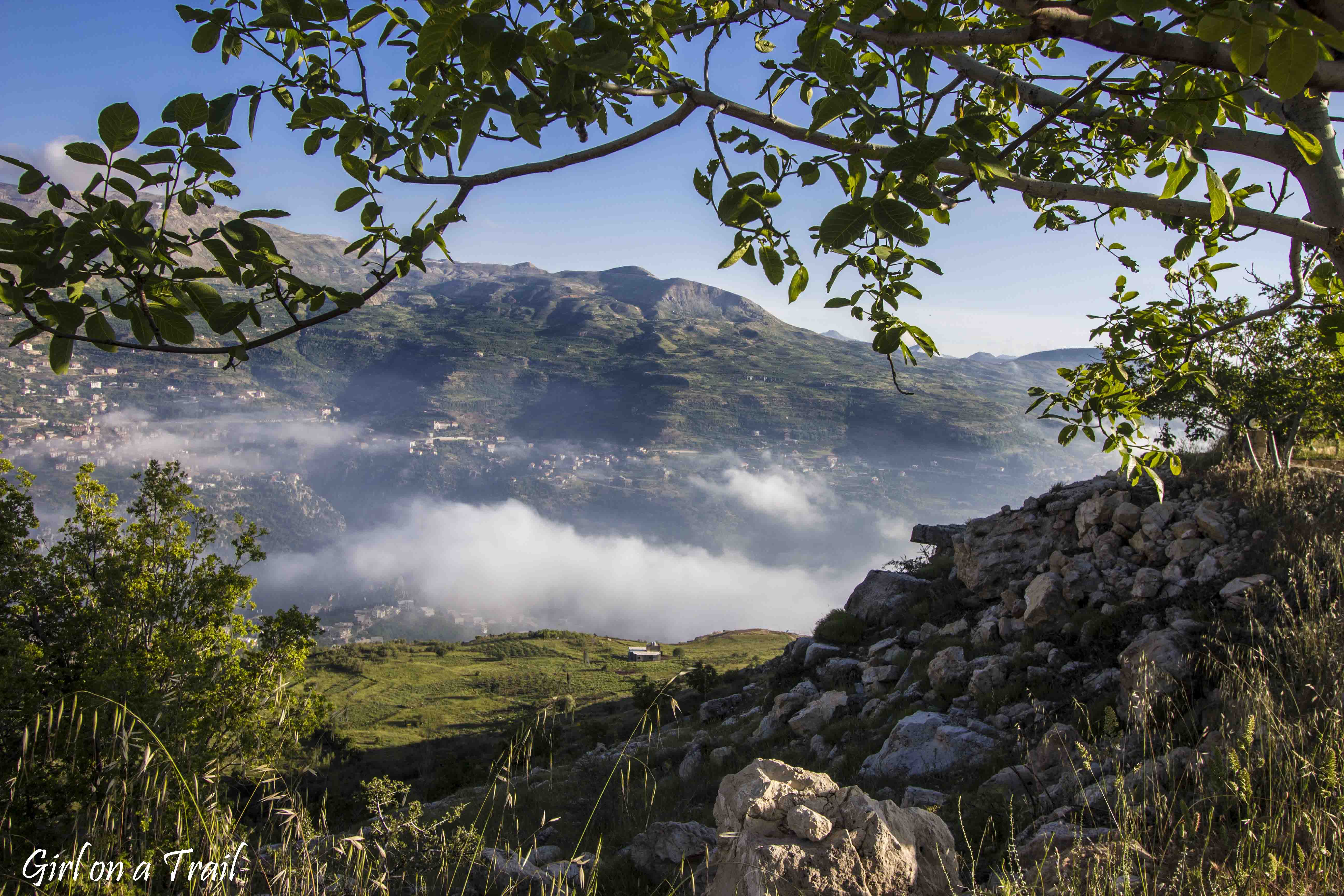
Located far from the hustle and bustle of civilization, surrounded by mountains, it’s an oasis of peace and gives you the opportunity to discover harmony with nature. Despite the amazing views, this place doesn’t seem to be popular. For me this was an advantage, I had it just for myself. The green valleys shrouded in fog and the mountain peaks were amazing. Being in such an environment allows you to break away from everyday life and enjoy this extraordinary atmosphere.
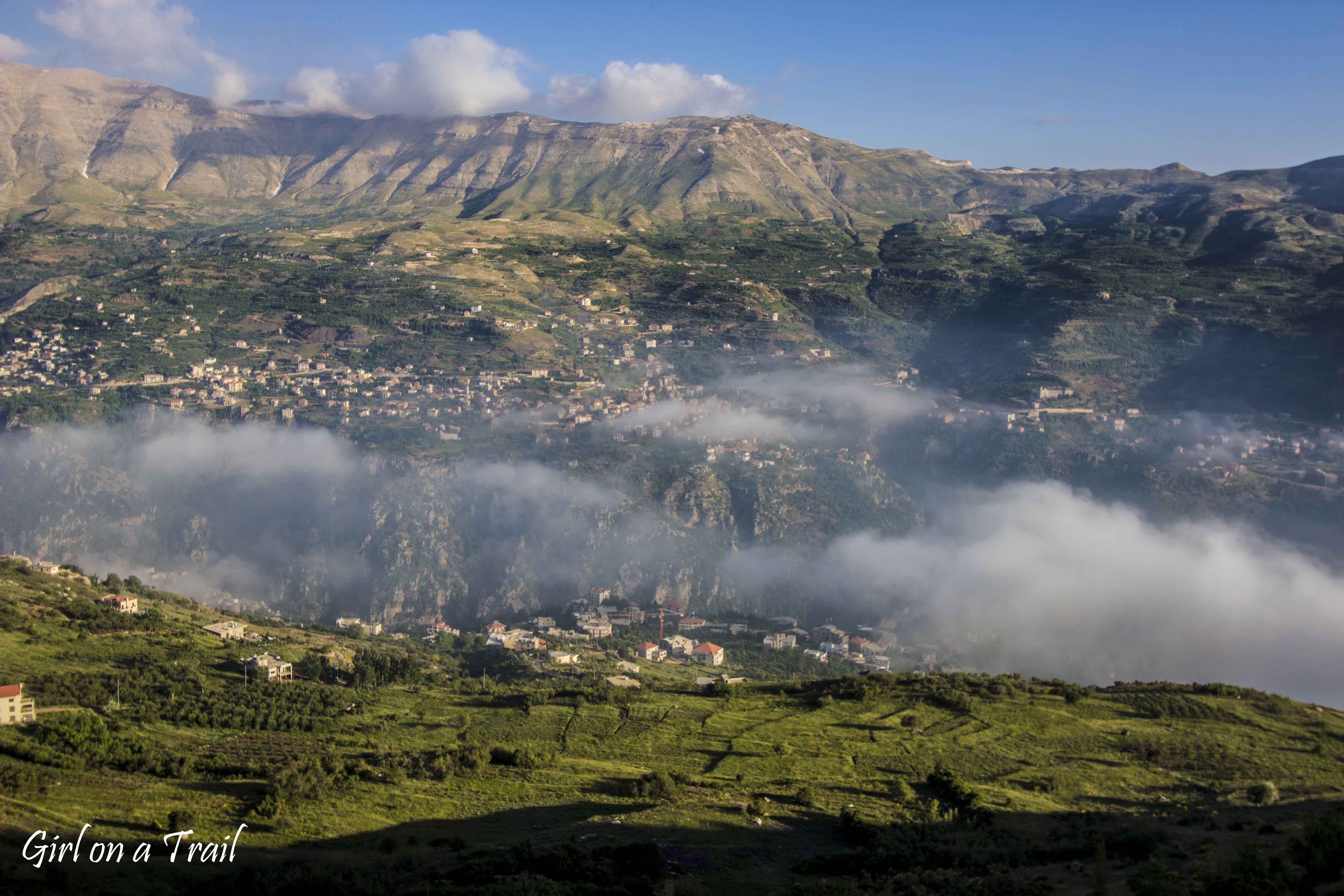

Lebanon is an amazing country where you can also see the remains of ancient civilizations. Tire and Sidon, now known as Sour and Saida, are two cities that show rich history of the ancient Phoenicians. In Tire, you can travel back in time by exploring the ruins of the former Phoenician metropolis. However, for those who are less interested in ancient civilizations, a visit to Tire may be an excellent opportunity to observe the everyday life of the inhabitants.
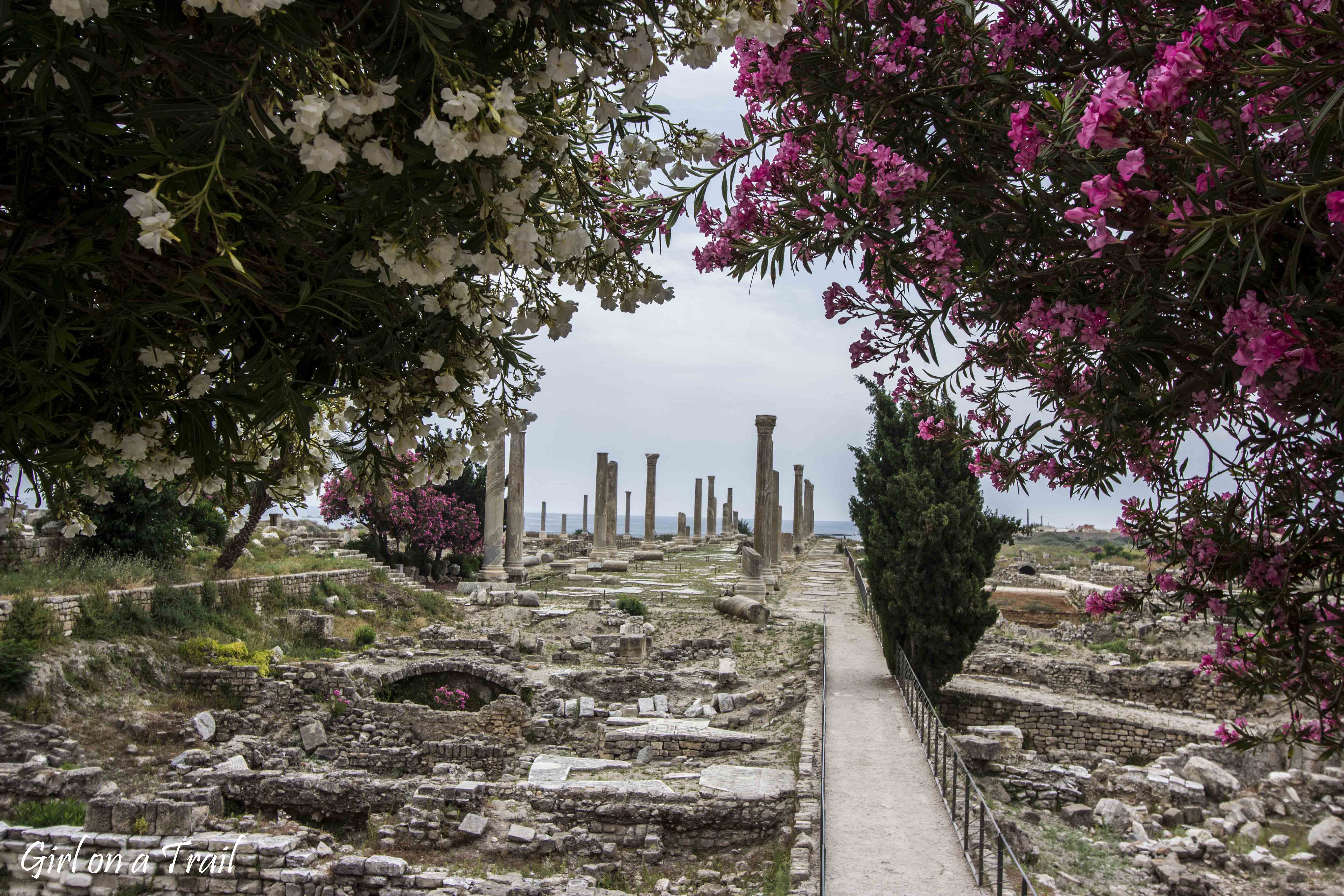
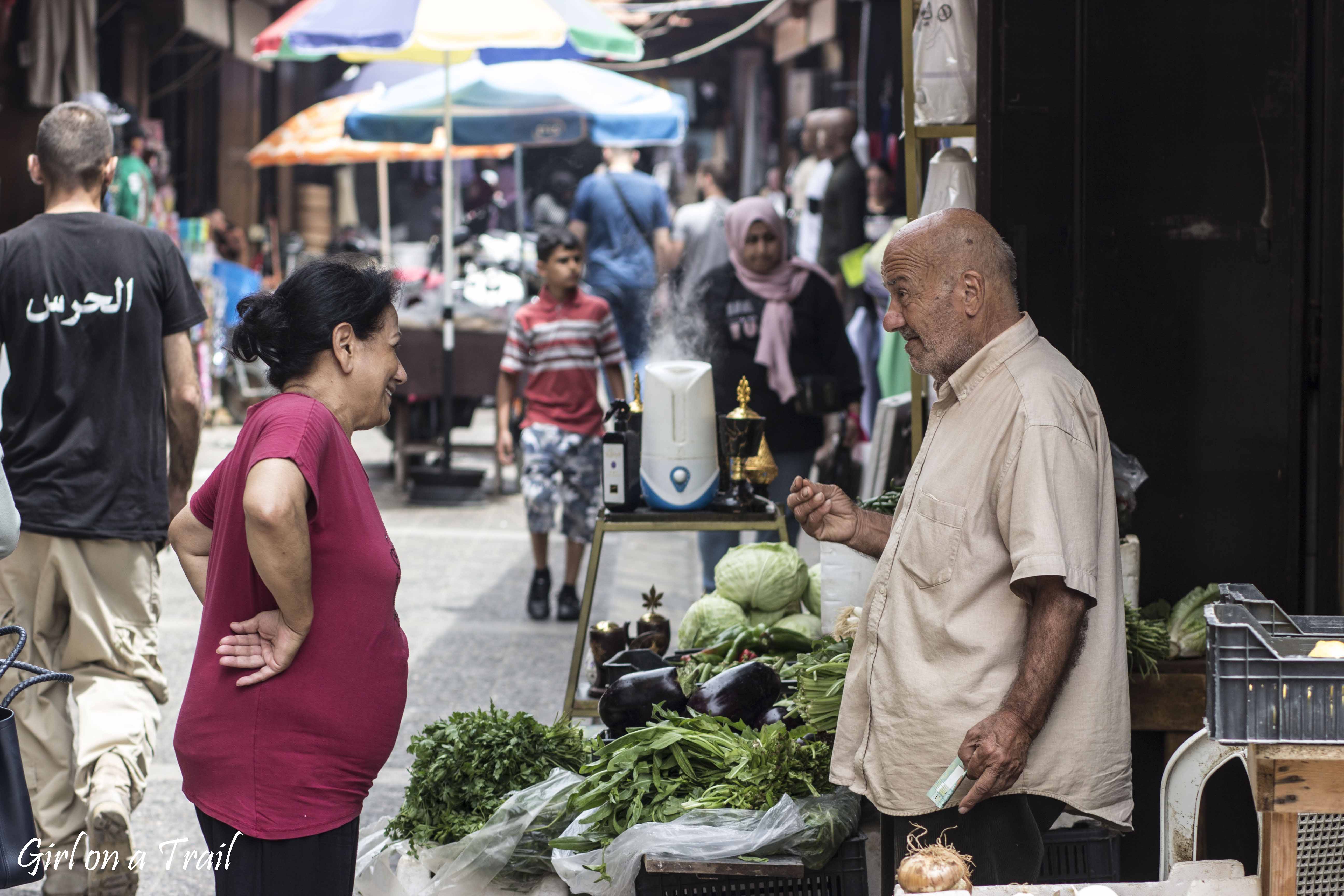
In Sidon, it’s worth visiting the atmospheric old town, where you can see traditional Muslim buildings. During Phoenician times, the city served as a main port and trade center. Both in Sidon and Tire, there was trade in luxury goods such as silver, gold, ivory and high-quality fabrics.
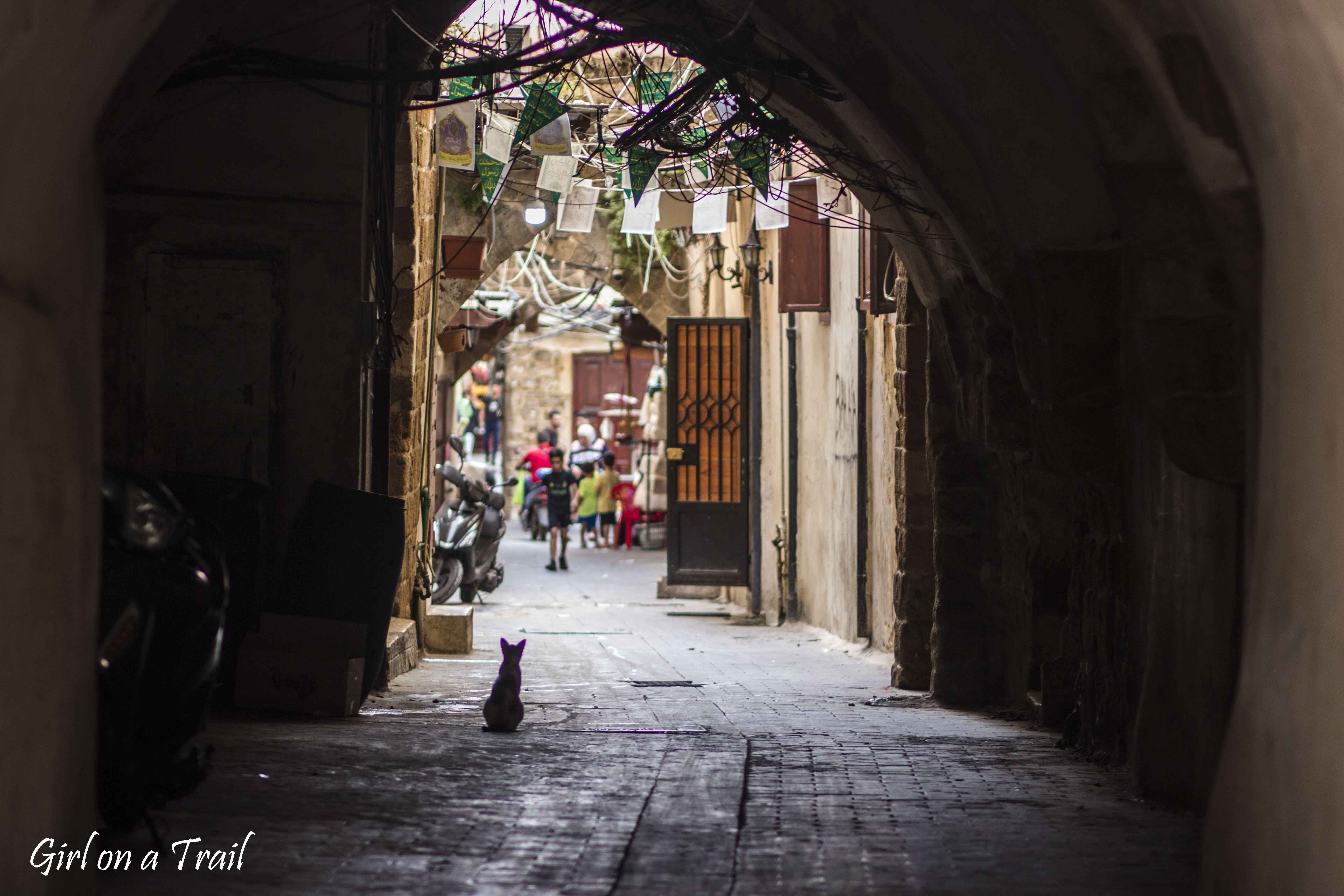
Both cities were also famous for the production of the dye – purple. Sea snails native to Tyre were used for its production. The dye was called “royal”. Due to the high production costs, only kings could afford it. Apparently, it took as many as 100,000 snails to produce one kg of dye. Purple was such a valued material throughout the world that it gave rise to the name Phoenicians. The word Phoenicia comes from the Greek phoínios, meaning “Land of Purple”.
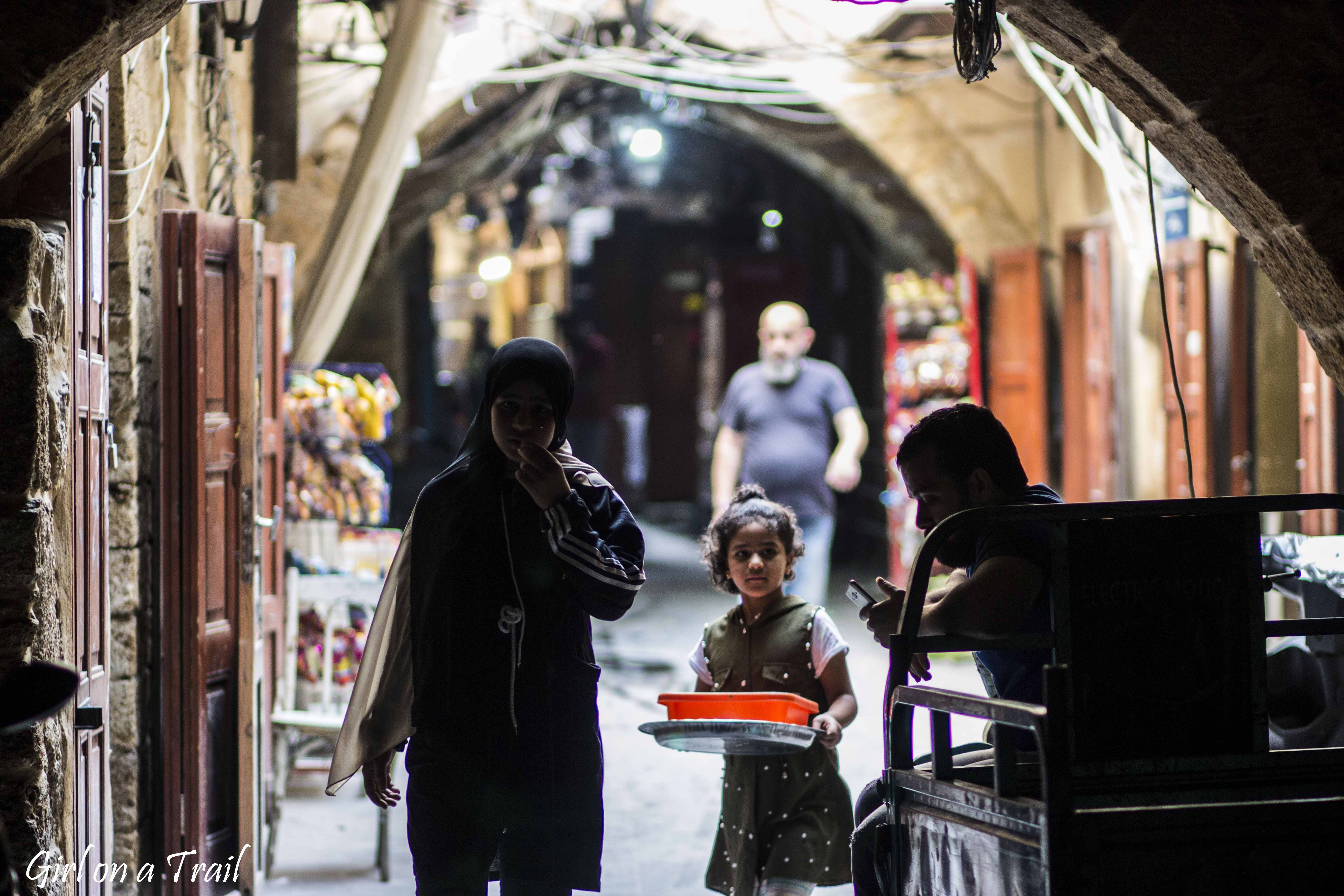
However, the ruins in Baalbek made the greatest impression on me. It was my last trip in Lebanon. It seemed to be interesting from the very beginning. I set out at dawn, I wanted to be sure to see everything. I wondered what would happen to me along the way. I will not mention that during my trip, the Ministry of Foreign Affairs advised against traveling to these areas, due to the proximity to Syria (about 20 km from the border) and numerous refugee camps. I started on route no. 30, called the highway to Damascus. The highway looks like an ordinary road, but my impressions from it were unforgettable. Numerous trucks constantly pushed me into the opposite lane, posing a risk of head collision. I will add that I was traveling in Lebanon in a Nissan Micra 1.6… The only thing that saved me was acceleration 😉 Anyway, at least there was no need for coffee that morning. The next section of the road was pure pleasure, a narrow serpentine with a wonderful panorama of the mountains.
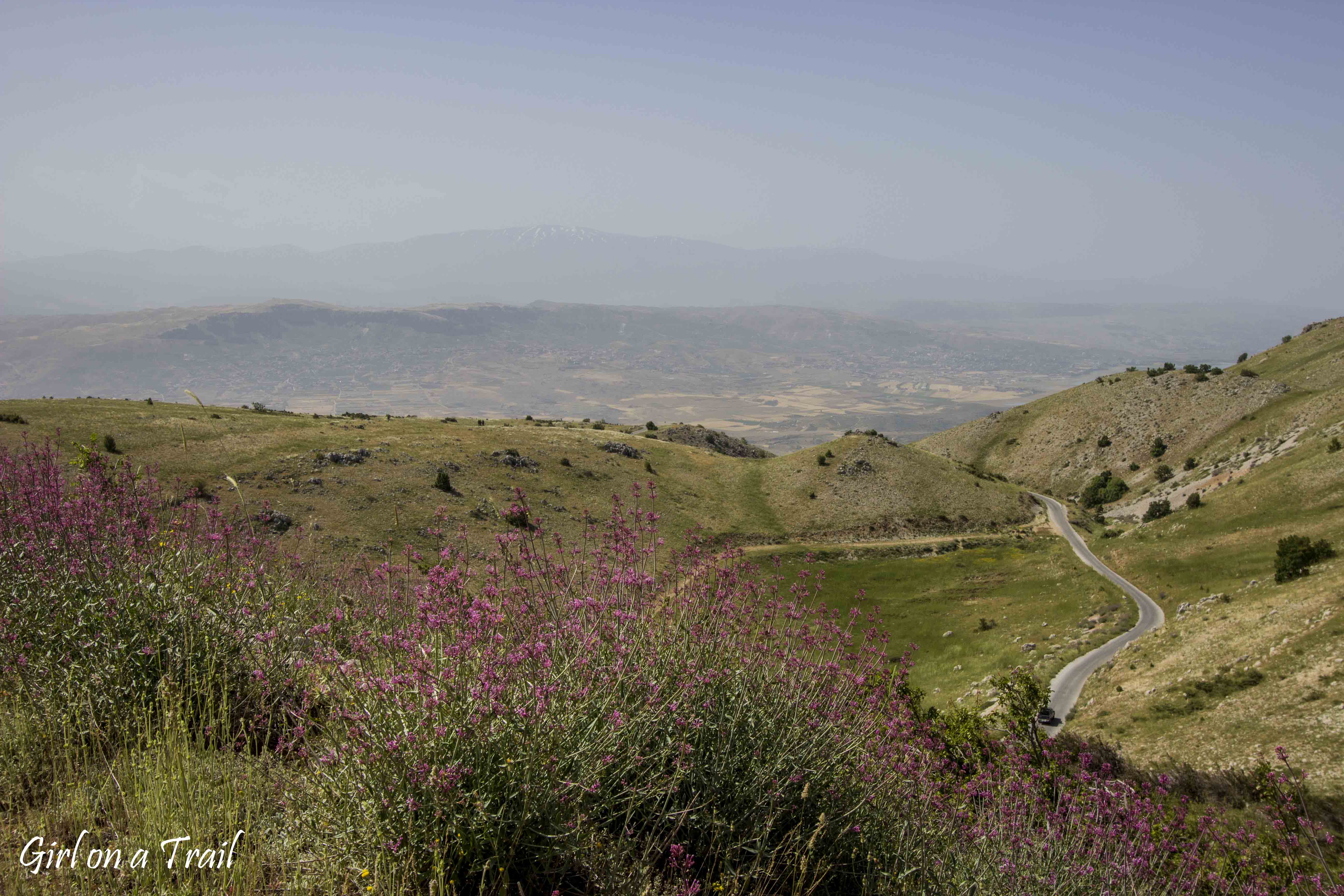
When I left the mountains, I headed onto another highway, leading straight to Baalbek. However, it was not boring there either. Baalbek and the nearby areas remain under the control of Hezbollah, hence there’re numerous checkpoints on the road. As you can guess, I was stopped each time, but I won’t say anything bad about the control, I had really nice conversations 😀
Baalbek made a huge impression on me. I admit that its scale surprised me very much. The preserved ruins are a remnant from the times of the Roman Empire, when Baalbek was the main place of worship of Jupiter. The Temple of Jupiter is the biggest structure and is located in the central point. It’s said to be twice the size of the Parthenon on the Acropolis.
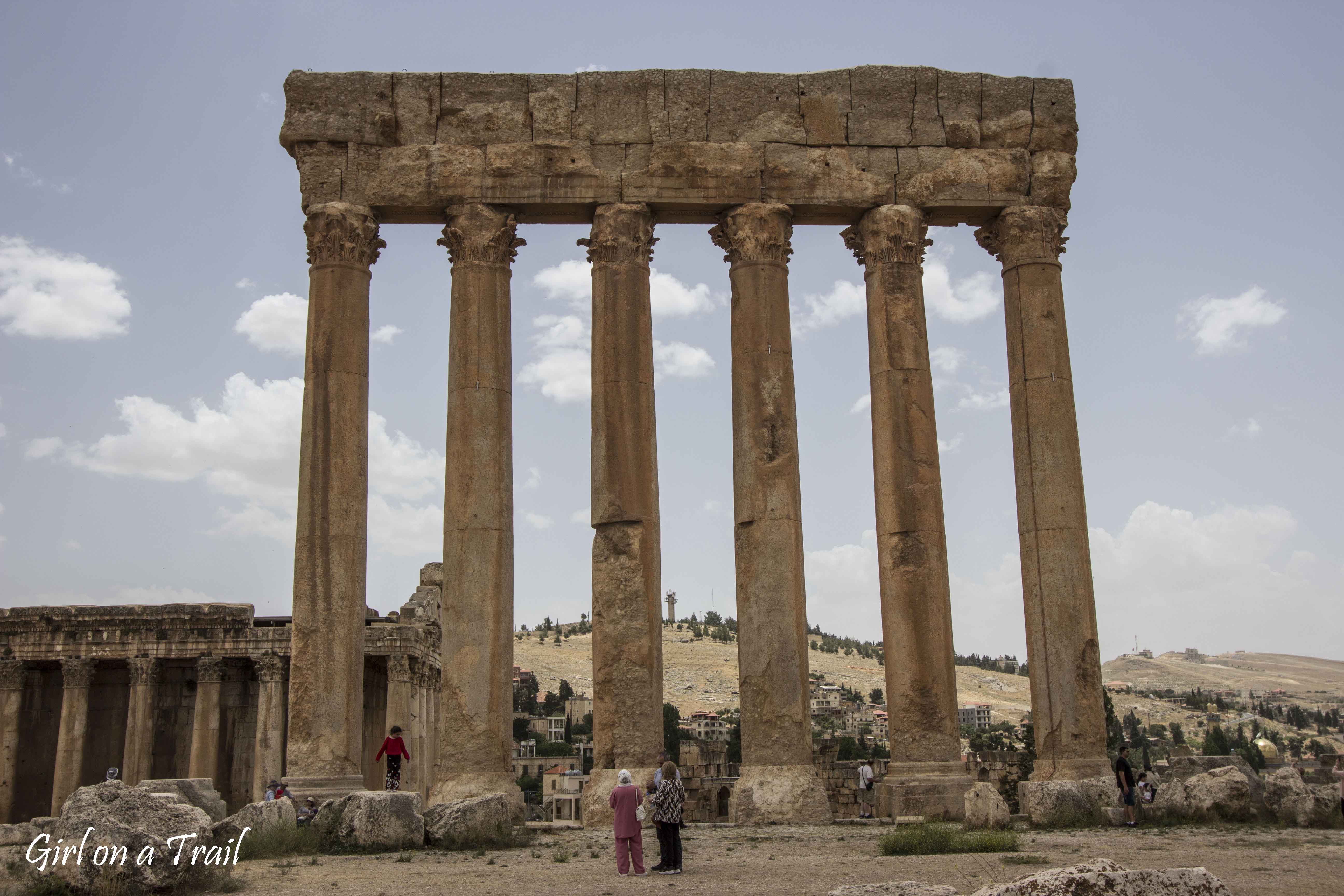
The massive structure made of huge stone pillars gives an idea of ancient times. Interestingly, it remains a mystery to this day how such huge elements were transported.
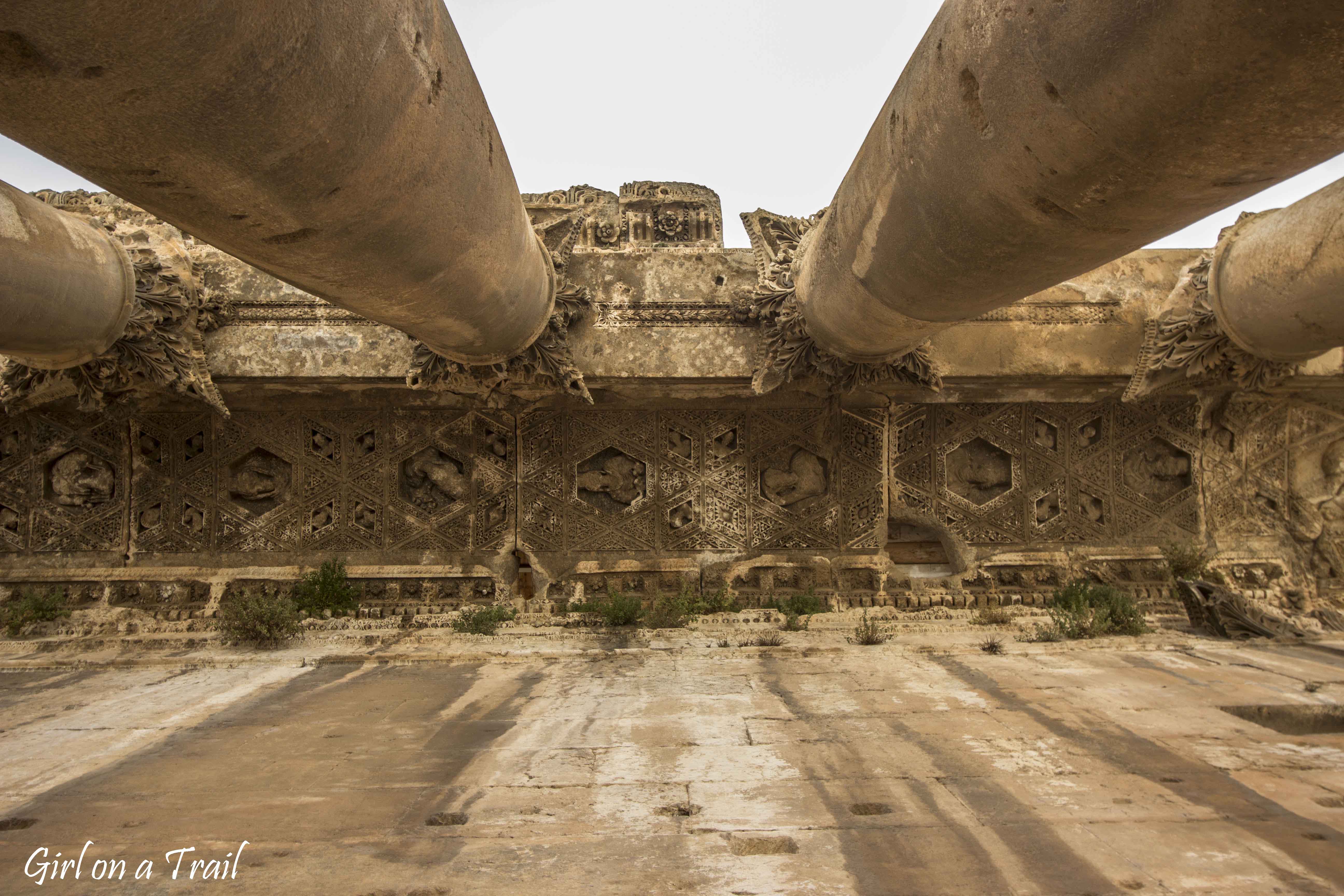
Another, better preserved building is the Temple of Bacchus – the god of wine and fertility. It was built on a similar scale as the Temple of Jupiter. The Temple of Venus is slightly smaller, decorated with symbols of the goddess – doves and shells.
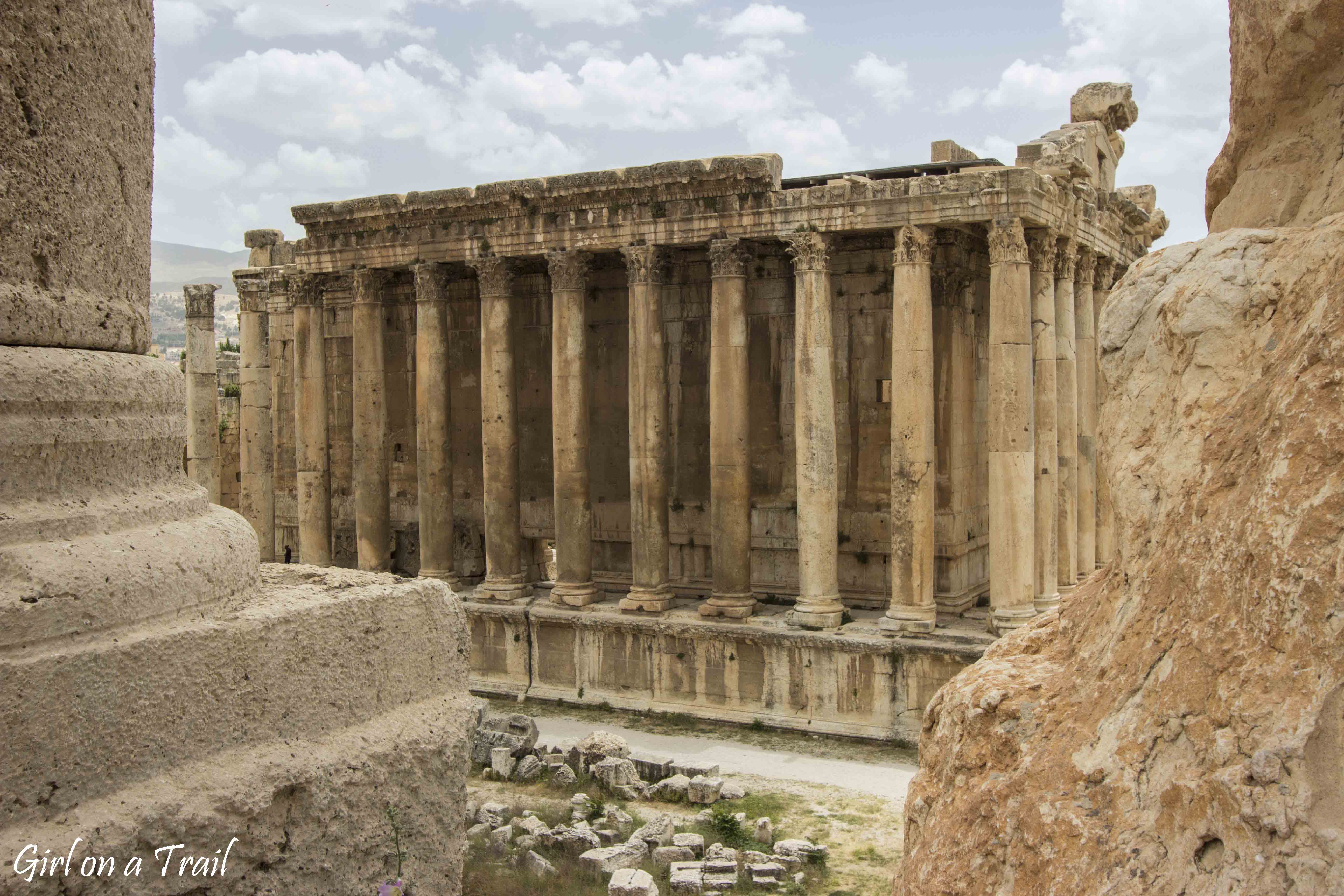
Byblos, one of the oldest cities in the world, is another important point on the map. From the 3rd century BC it was known as a center of trade. Papyrus was brought here from ancient Egypt, which is where the name of the city comes from. The Greek word “byblos” meant papyrus. Just above Byblos stands the Citadel – a castle built in the 12th century by the Crusaders. There’s an interesting view of the coast and the remains of Phoenician temples. It’s worth ending your trip to Byblos with a walk around the charming old town.
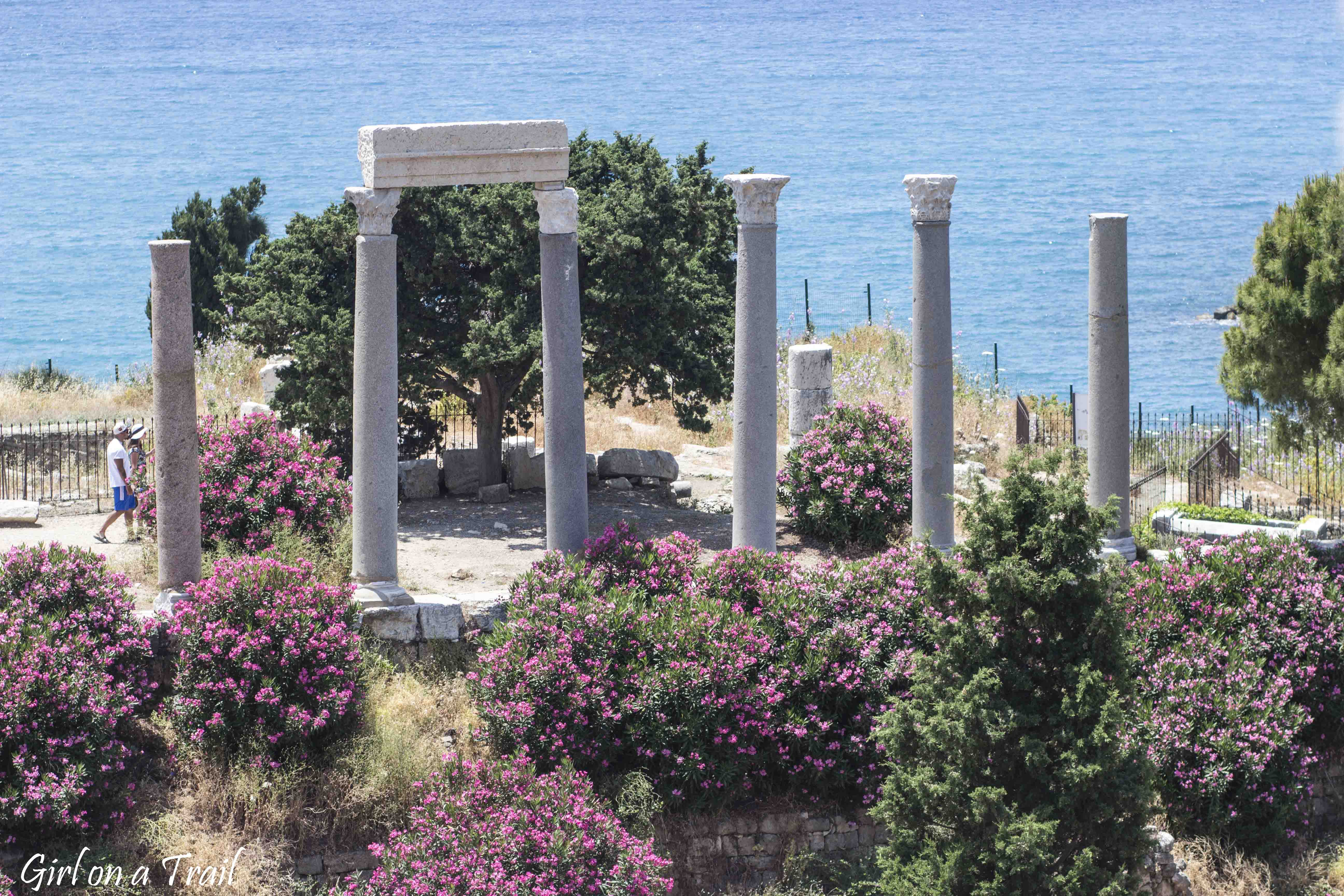
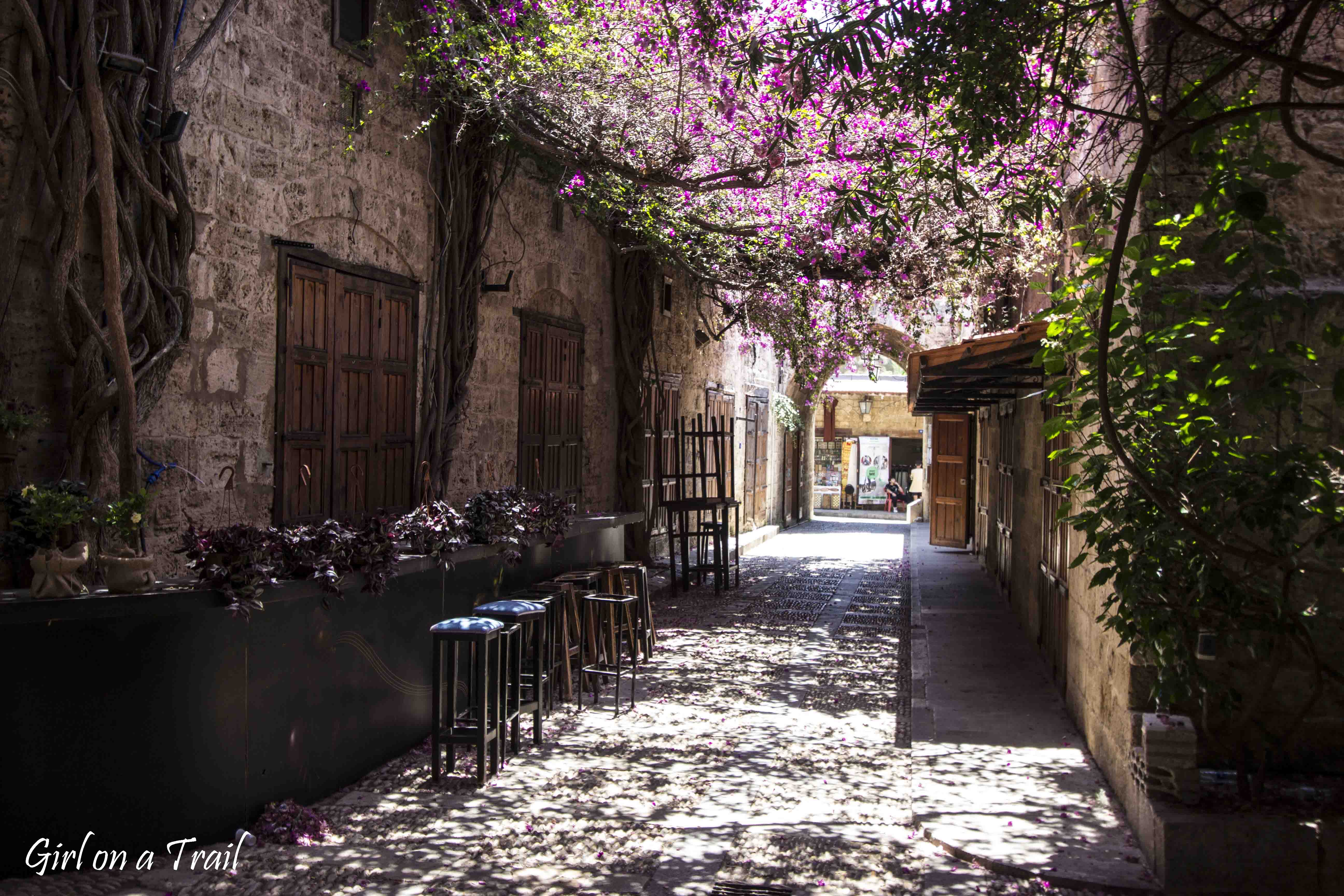
There is no shortage of waterfalls in Lebanon. When driving from Batroun to Basharri, it’s worth taking a short trip to Kfarhelda Falls.
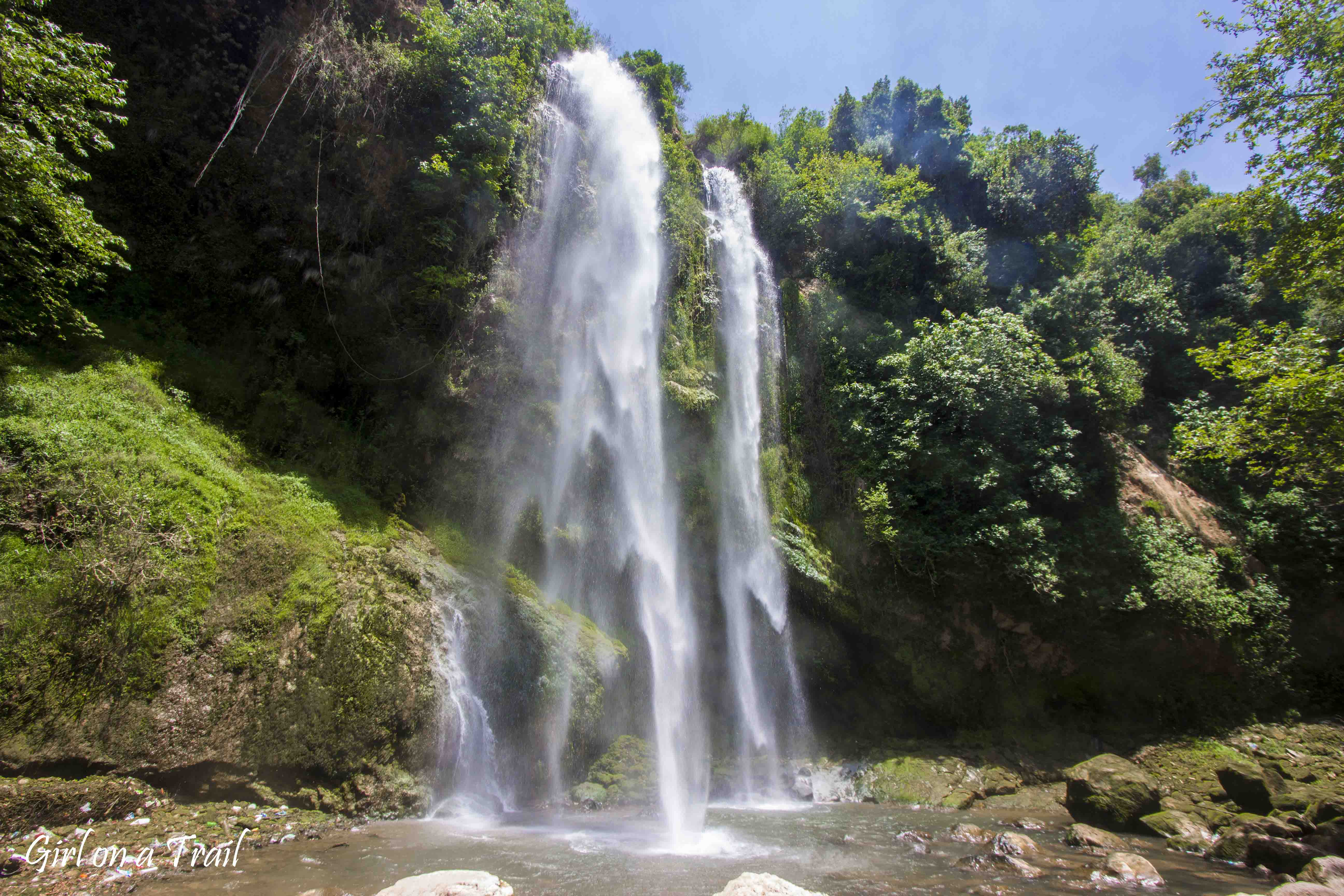
In the town of Jazzine you can see an interesting waterfall of the same name. The waterfall is quite unusual because the water flows down the high slope on which the residents’ houses are located. Unfortunately, there was no trace of the waterfall during my visit in June, but the view of this place was still unforgettable.
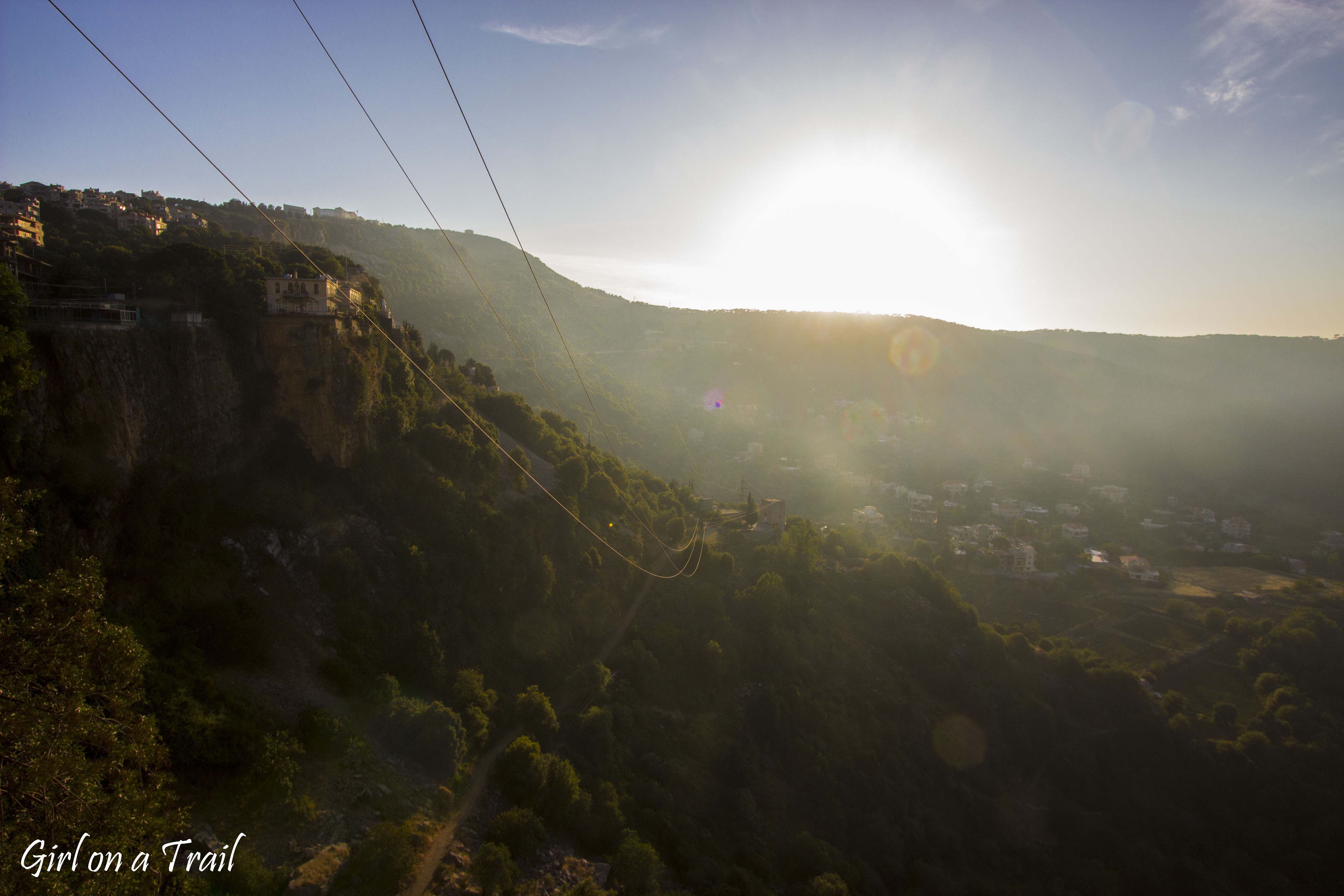
Baloue Balaa – this mysterious name hides the most spectacular place in Lebanon. It’s also known as Baatara Gorge. The gorge is famous for its amazing waterfall reaching 225 meters high.

The waters of the waterfall fall into a cave called the Cave of the Three Bridges. The cave is formed by three naturally formed bridges, hanging over the abyss. The scale of the waterfall is amazing.
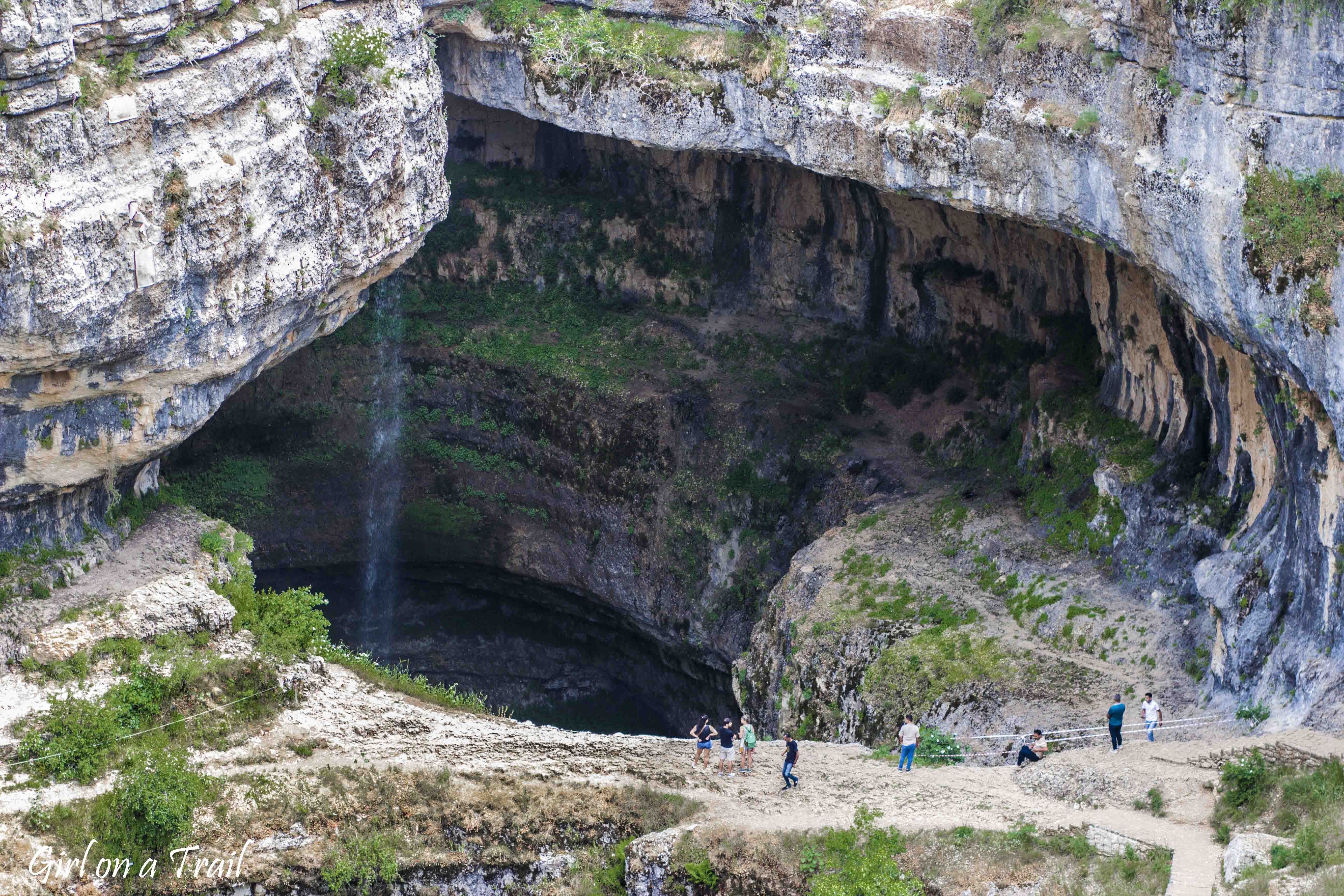
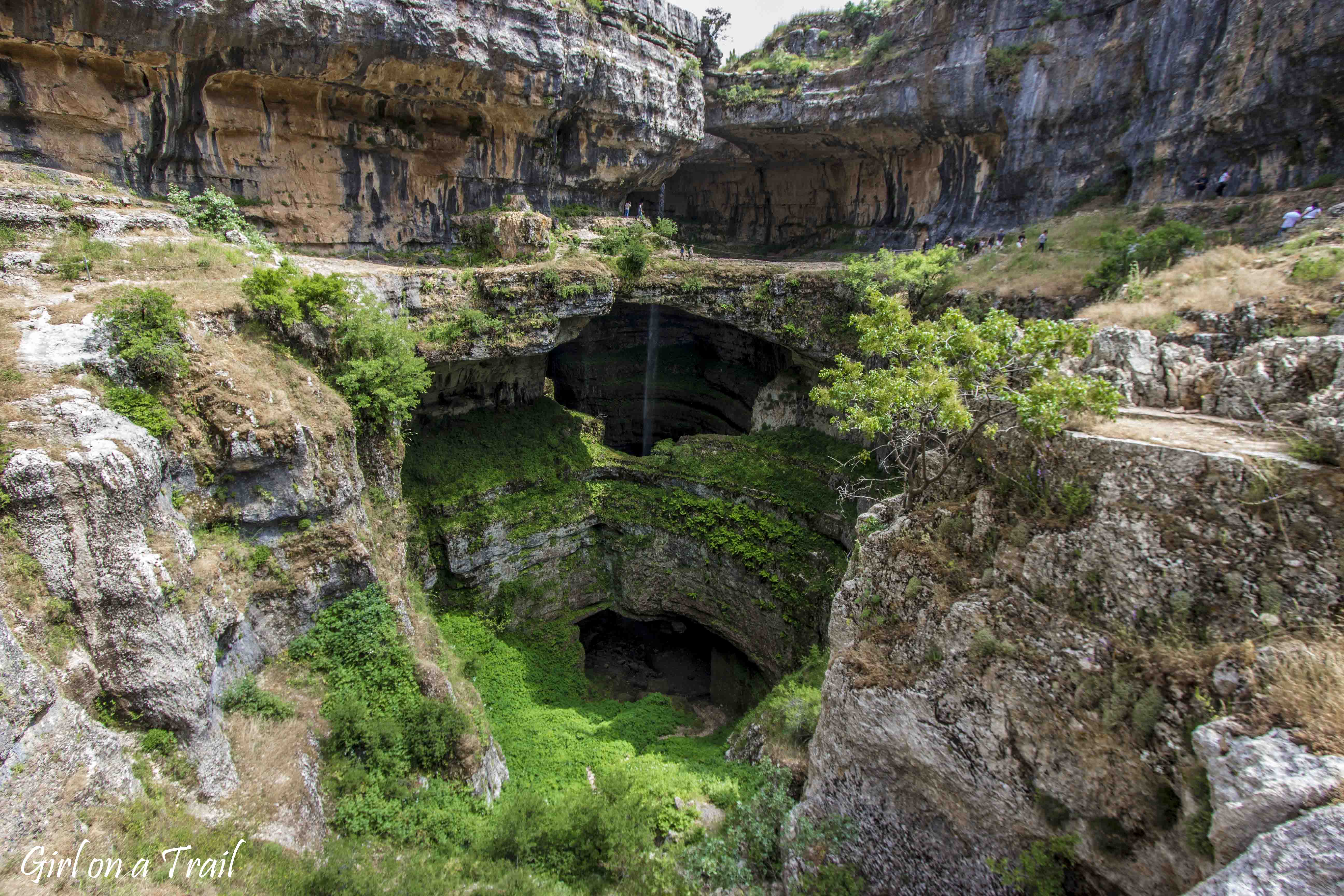
Another huge waterfall can be seen at the Ouyoun El Samak restaurant, located about 20 km west of Tripoli.
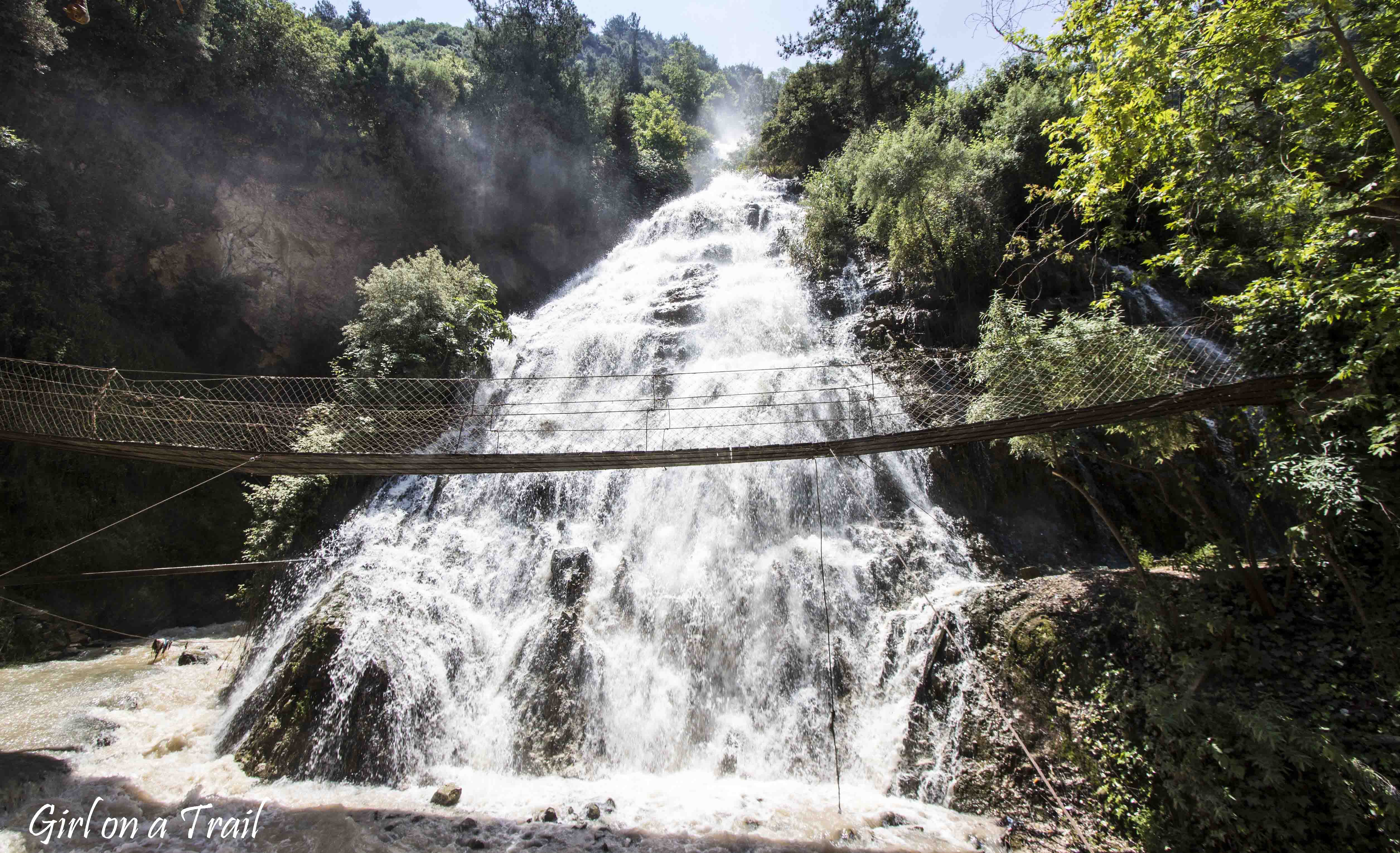
Lebanon also delights with its underground attractions. Less than 20 km from Beirut there’s the longest cave in the Middle East – Grotte de Jeita. The cave actually consists of two limestone caves with a total length of 9 km. Inside you can see numerous stalactites and stalagmites, formed in an interesting way. The trip to the cave below includes an additional attraction – a boat cruise.

An interesting underground world can also be seen in the Zahlan Zahlan Grotto cave. The cave actually consists of three caves filled with stalagmites and stalactites. However, its location, among steep limestone cliffs, is also amazing.
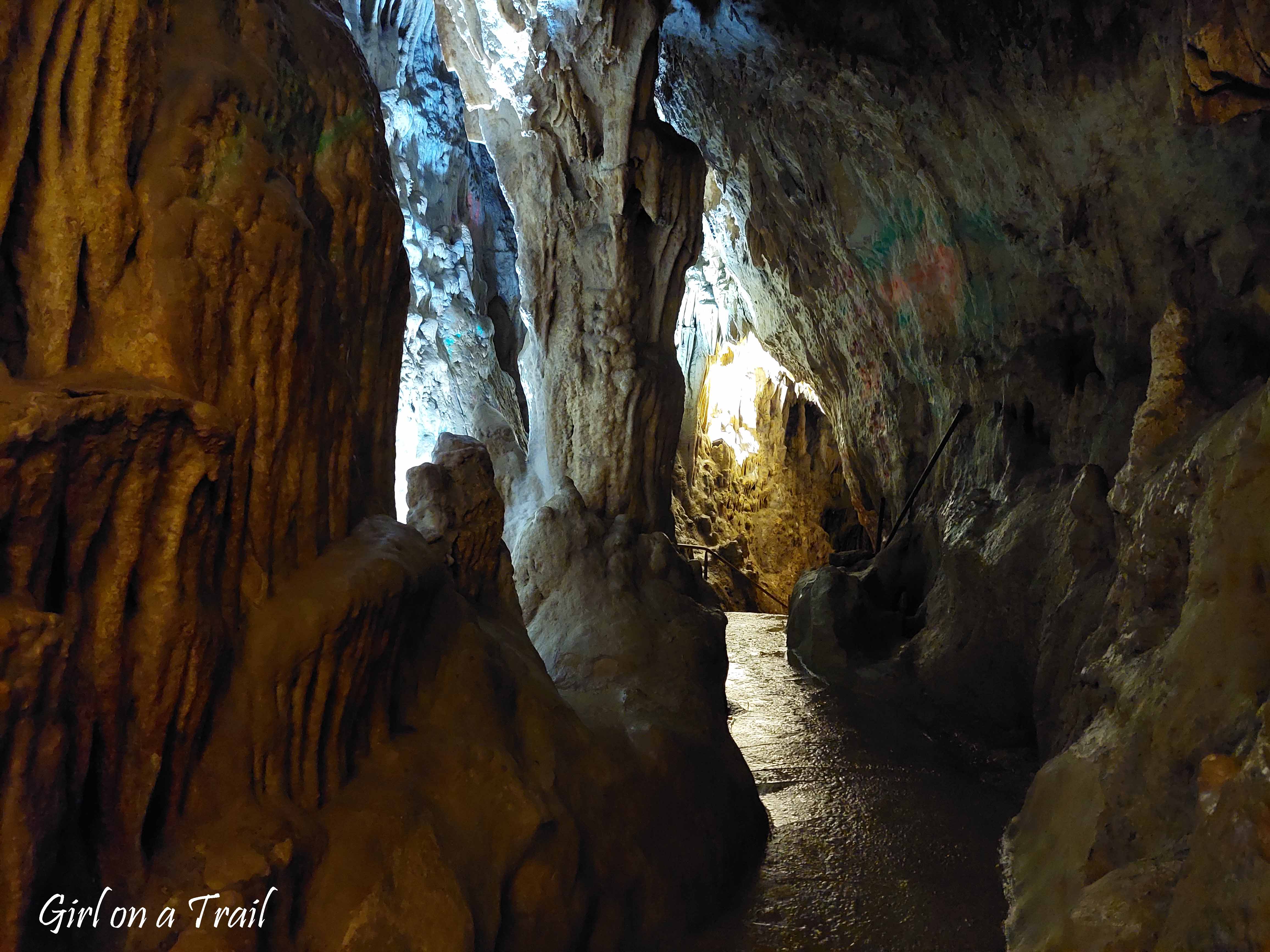
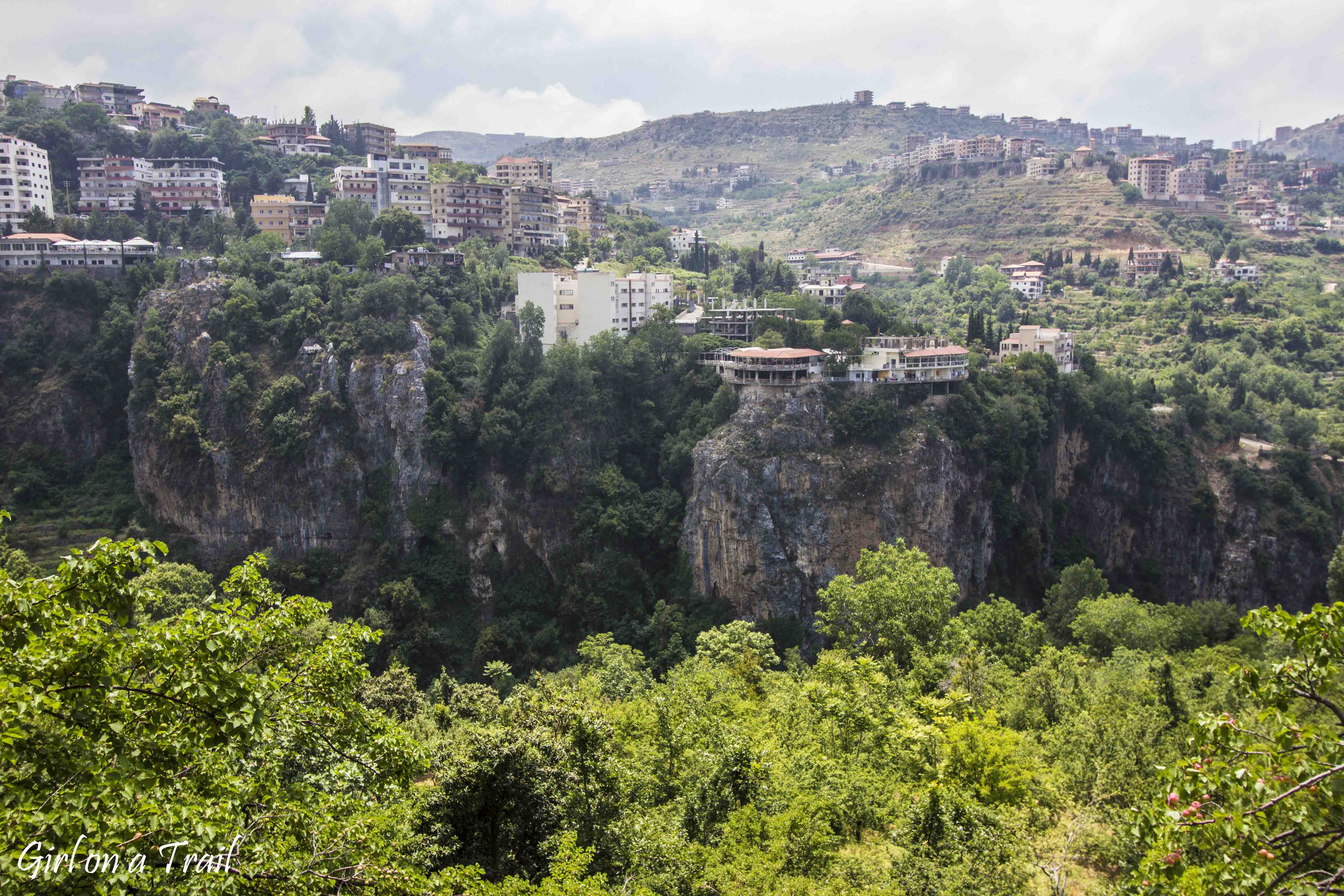
An interesting place is the Forest of the Cedars of God – a cedar reserve located near the city of Bashari. Cedars have been an integral part of Lebanon for centuries and are a symbol of the country. For this reason, the cedar was placed on the flag of this country. Unfortunately, mass deforestation has made these trees less and less common here. The Forest of God’s Cedars is a place where we can see the remnants of the former cedar forest. The oldest trees in the reserve are over 1,500 years old and make an amazing impression.

While in the vicinity of the Cedars of God Forest, it is worth visiting La Jetée – a viewing point from which there is an amazing panorama of the area.




